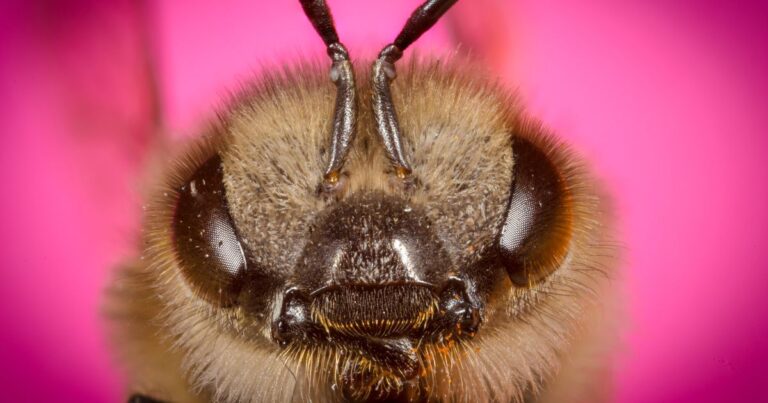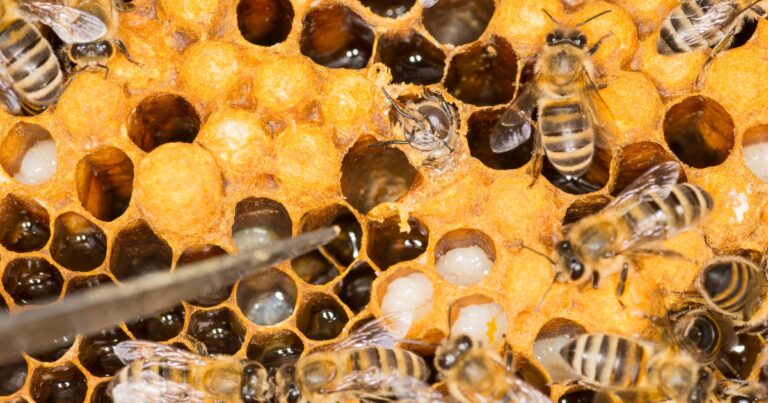Lighting the Way with Beeswax Candles
Lighting the Way with Beeswax Candles The first candles were made of tallow and were manufactured by the Romans around 500 BC. Beeswax versions appeared…
Lighting the Way with Beeswax Candles
The first candles were made of tallow and were manufactured by the Romans around 500 BC. Beeswax versions appeared around a hundred years later in China and Egypt and featured wicks made from rolled rice paper or rushes – cotton wicks came much later. Candles may also be fashioned from paraffin wax, which was first created in the 1800s, however, the soot and fumes released by burning paraffin contain toxic chemicals that can be as dangerous as second-hand cigarette smoke. Likewise, although cheap candles can be produced from soy wax, these may contain fungicides and pesticides used in chemical sprays.
Although relatively expensive, beeswax candles quickly gained in popularity in ancient times since tallow (an animal product) did not burn well and created an unpleasant odour. Beeswax candles create a clean, bright, reliable flame without odour or smoke, and furthermore actually assist to detoxify the air, as anions from burning beeswax cause airborne contaminants and pollutants to be sucked back into the burning candle, or fall to the ground.
Light and fire were integral to many early religious ceremonies, and often assumed symbolic importance. The menorah (the famous branched gold stand supporting seven lamps used by Moses in the tabernacle whilst in the wilderness) was probably originally lit by olive oil, while other lamps may have utilised resinous wood. Candles were not mentioned in early Jewish text concerning temple ritual, and is unlikely they were used for ceremonial purposes by Christians until the fourth century AD, during which reference was made in the Roman Catholic Church of Jerusalem to the practice of lighting a lamp or candle in homage to the ‘true light’. In addition to the obvious symbolic nature of providing light in the darkness (in the gospel of John, Jesus describes himself as the ‘light of the world), the chastity of the worker bee was seen as powerfully emblematic of the Virgin Mother, and beeswax candles quickly became an indispensable part of ecclesiastical services. The Romans were partial to processions, most of which occurred around dawn, and it was therefore necessary for the marchers to carry something to light their way. The feast of St Simeon later became the Feast of the Purification of the Blessed Virgin Mary, and was subsequently co-opted as the Christian festival Candelmas; a celebration in which candles are blessed for use in the year ahead.
Pure beeswax candles soon became compulsory for the liturgies of the Catholic Church, in which they remained symbolic of light, grace and beauty. The church was consequently responsible for importing honey bees to Puerto Rico to guarantee a ready supply of beeswax in the New World. This mandate has been relaxed somewhat, but the Sacred Congregation of Rites (responsible for Catholic doctrine) nevertheless decreed that the Paschal candle (a large white candle used in western churches) and those necessary for the celebration of Mass should be composed almost entirely of beeswax, while all other candles should contain ‘a greater or notable part of wax’.
Ceremonial candles also abound in the modern Jewish faith. Shabbat candles are lit on Friday evenings to usher in the Sabbath, at the end of which a braided Havdalah candle is used to represent the first working activity of the week ahead. Candles are also lit prior to major holidays such as Yon Kippur, Rosh Hashanah and the Passover or Pesach, and on the anniversary of the death of loved ones (this requires special Yahrzeit candles that burn for twenty-four hours). Candlelight (supplanting earlier lamplight) is held to be symbolic of God’s presence, and the flame a constant reminder of the fragile and precious nature of life. Interestingly, it is forbidden to adjust Shabbat candles once they have been lit, and for this reason any candle that emits a clean and stable flame is considered to be kosher, even if it is manufactured with non-kosher ingredients. Bees, like most flying organisms, are non-kosher, and this ruling extends to their by-products, so technically beeswax would not normally be kosher either. Honey, on the other hand, is kosher since it is considered to be merely gathered or harvested by the bees.
Candles are of ceremonial and symbolic importance in many other religions. For Buddhists they symbolise enlightenment, and are routinely placed at shrines, while Hindu households ritually use candles or traditional clay lamps to represent hope and prosperity.
Click on this link to buy your Pure Beeswax Candles.


